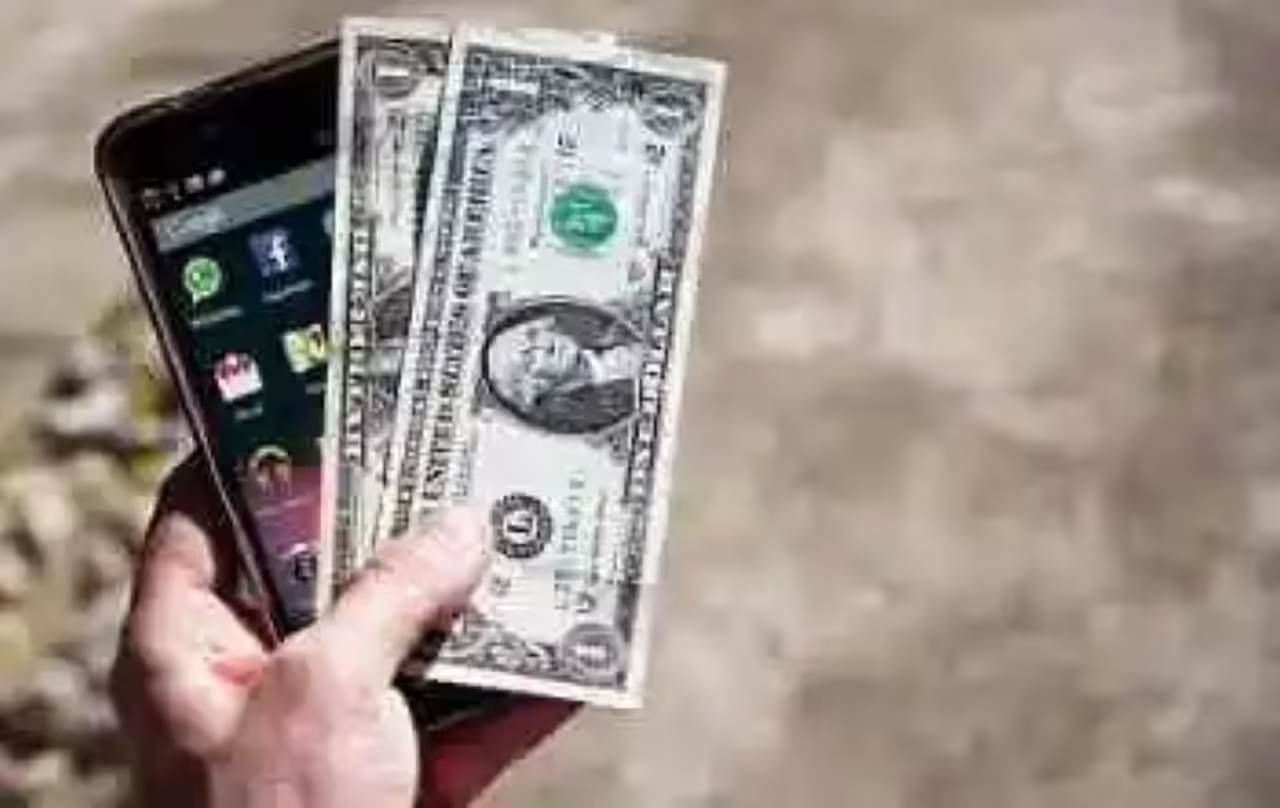
the story of SoftRam is the story of one of the biggest scams of computing. $ 48 million on the road in a brief period in the mid-nineties.
August 1995 just published Coolio Gangsta’s Paradise. The Bridges of Madison is in theaters. Dennis Rodman begins to make history in defending the Bulls. The mythical Windows 95 is about to leave. TVs tuned the first season of Friends, and half the world falls in love with a very young Jennifer Aniston. We need to return to that era.
The RAM in the nineties was very necessary, but very expensive, so appeared a sub-industry that ensured fix via software
In midst of this idyllic context from which it has been more than twenty years, there are shadows: Back to the Future has just been a decade, and were far from the era of the smartphone and permanent connectivity. At that time, it was fashionable was that very few existing computers have Windows 3.1 as Windows 95 came the mentioned (initiation campaign named Jennifer Aniston, by the way). A complicated for computing its massive domestic landing, that time had many problems. One of them is before us today: the alarming problem of insufficient RAM: was much needed increase, he had a high demand, and it was very expensive. perfect setting to appear vultures.
The first was RAM Doubler, which promised to double the RAM available in Windows through software-only, no hardware. This, in 2016, we may seem almost a bad joke that could not sell or market a copy. But remember that in 1995 and subsequent years was common to see reach a familiar ensuring that a friend was going to get all Internet in three or four 3.5-inch diskettes, the 1.44 MB. What time as good.
The fact is that RAM Doubler, which also is not cut at all with his name, accompanied him alternatives that gave continuity to this “industry” as MagnaRAM and Hurricane. But the real case study was SoftRam, with the same promise to double RAM via software went on to sell 600,000 copies. And each cost $ 80 …
the truth is that SoftRam hit the market in May 1995 – months before the release of Windows 95. But in this system found its sweet spot sales, and specifically targeted to its users sales, as represented a leap from 3.1 equivalent to having to use a minimum of 4 MB of RAM, and 8MB recommended way. The facts, which are usually lethal to charlatans appeared as separate technical evidence dismantled by full operation: SoftRam had no effect on the system. Simply none.
Syncronys, the developer of SoftRam, had to back down … and he did deleting the reference to packaging Windows 95, leaving only the pointing to Windows 3.x. The problem is that when tests were repeated with Windows 3.1, the conclusions were the same: SoftRam masterfully erased eighty dollars from the bank account of the buyer, but your computer will not affect the least
. it was not the first nor the only, but SoftRam was the most commercial success achieved, and thus the visible head, even when came the bad times
SoftRam was the visible head of that generation of compressors and duplicators RAM via software, but it was thanks to its popularity in the market, its amazing sales figures. The other companies who accompanied him on the brief adventure of this sub-industry left even worse off: MagnaRAM directly slowing computers
Most errors on a PC with Windows 3.x originated in the filling. the first megabyte of RAM. Windows needed to take a piece of that memory for each application start. Some tools were preventing other processes give this use, leaving more space for other programs. That was a regular for most technical optimization tools.
Another common technique was to increase the size of the page file Windows, which is quite affordable for any user to perform free of charge and without any tools, but as usual, many created shortcuts and profited from it.
SoftRam also ensured increase the available virtual memory compressing hosted blocks in the file swap hard drive, further reducing the number of reads and writes that file swap .
the FTC complaint
the FTC ( Federal Trade Commission , US agency responsible for the protection consumer) ended interponiendo Syncronys a lawsuit in view of the absence of a reasonable basis for the operation of your product.
Following this demand, the commission approved unanimously, Syncronys was nixed to continue marketing SoftRam under the conditions that made it so far, at least until present scientific evidence corroborating the results promising.
Syncronys finally accepted this resolution and promised to return the money of the product to all buyers who claimed her. Along the way, almost 48 million dollars in sales of a product that simply never came to function as promised. Ninety computing at its best.
Hipertextual







